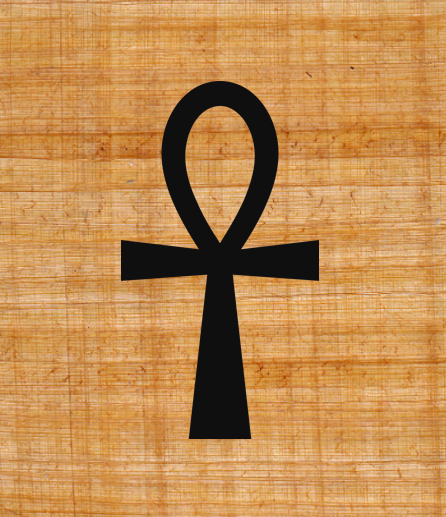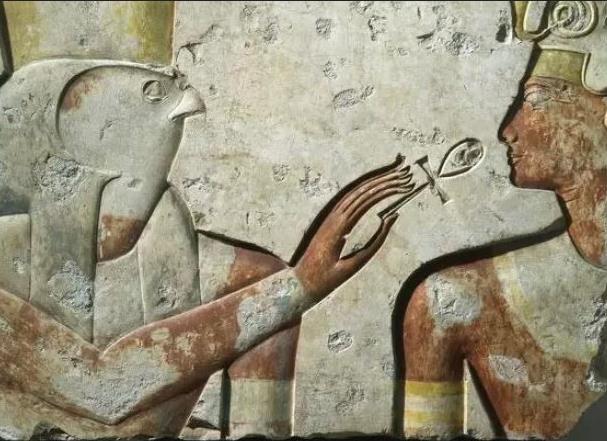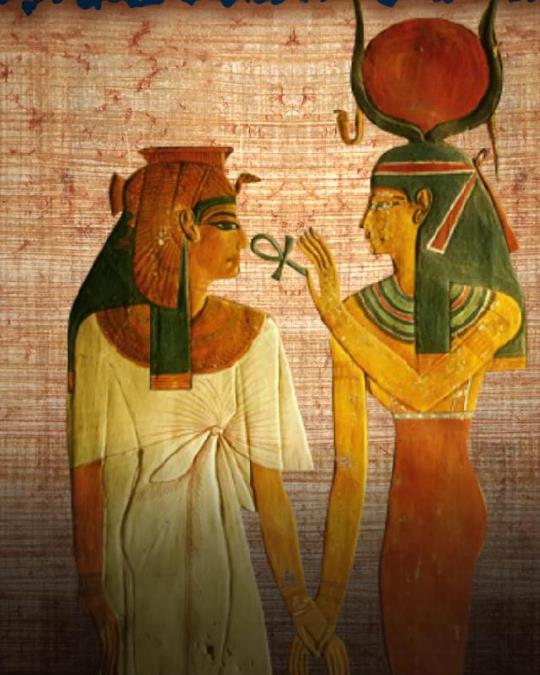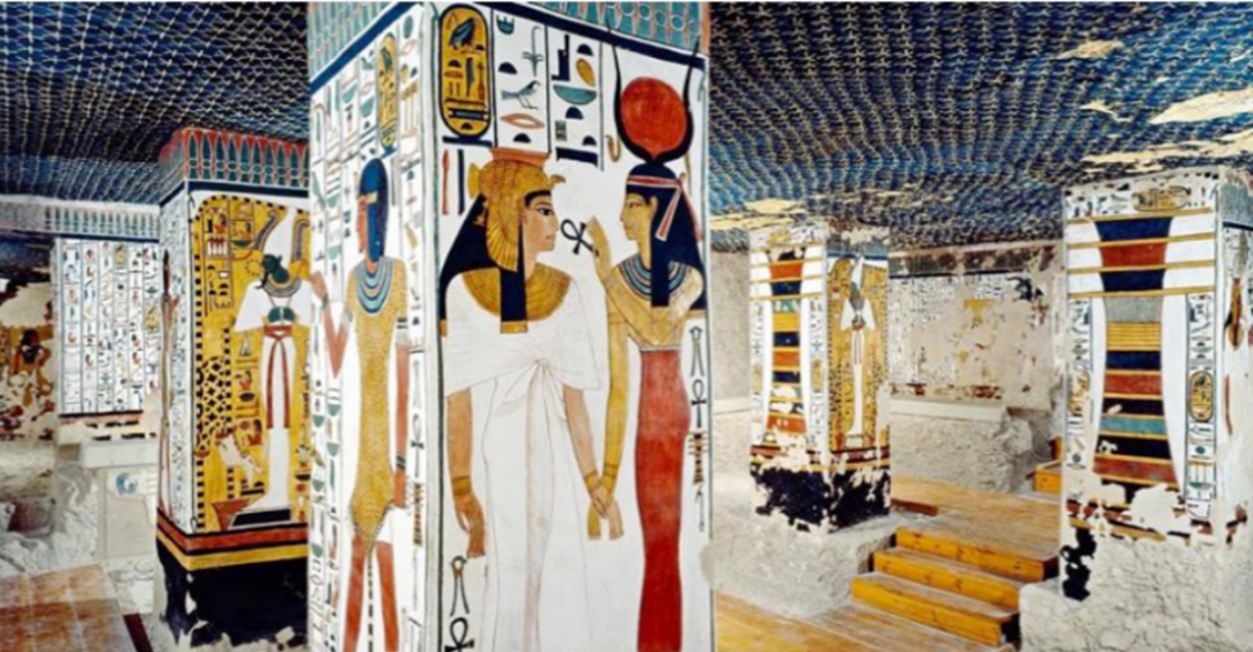Meine Website verwendet Cookies, die für den reibungslosen Betrieb dieser Website erforderlich sind und das Nutzererlebnis durch statistische Analysen, sowie Dienste von Drittanbietern verbessern. Indem Sie «Akzeptieren» klicken, geben Sie mir Ihre Zustimmung, alle Cookies zu nutzen. In Einstellungen können Sie Ihre individuelle Auswahl der genutzten Cookies treffen und jederzeit für die Zukunft ändern. Weitere Informationen über die Verwendung Ihrer Daten finden Sie unter
Datenschutz.
Funktionale Cookies ermöglichen grundlegende Funktionen und sind für die einwandfreie Funktion der Website erforderlich.
The technical storage or access is necessary for the legitimate purpose of storing preferences that are not requested by the subscriber or user.
Statistik Cookies erfassen Informationen anonym. Diese Informationen helfen mir zu verstehen, wie Besucher meine Website nutzen.
The technical storage or access that is used exclusively for anonymous statistical purposes. Without a subpoena, voluntary compliance on the part of your Internet Service Provider, or additional records from a third party, information stored or retrieved for this purpose alone cannot usually be used to identify you.
The technical storage or access is required to create user profiles to send advertising, or to track the user on a website or across several websites for similar marketing purposes.




